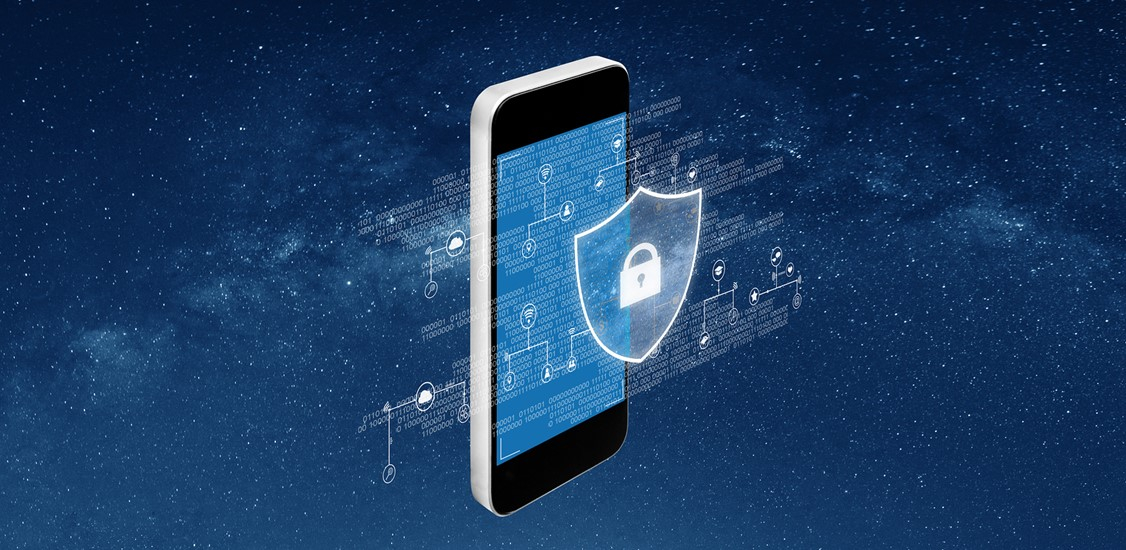In just a few short weeks, the world has been turned upside down by an invisible yet damaging enemy - COVID-19. Keeping our worst fears alive, we are assaulted with daily updates on the latest numbers of people impacted by the virus, and continual changes to advice on travel bans and restrictions on how we work, play, learn and care for each other. At a time where the world as we know it has been upended, mobile operators have an important part to play during this crisis, says Bernardo Lucas from Mobileum.
Ensuring accurate information is disseminated
Regional authorities are continuously adapting their health, safety, and travel advice based on the local outbreak of the virus in their communities. Communication service providers (CSPs) can play a critical role in ensuring this information is disseminated directly into the hands of their subscribers via their mobile phone – one of the most pervasive forms of communication devices used across the world. And it makes sense. SMS is considered to be a well-established and trusted form of communication – boasting a 98% open rate and a 209% higher response rate than contact by phone, email, or social media. During COVID-19, these alerts could range from a ‘welcome home’ message that includes up-to-date information on self-isolation regulations, a link to a local government website with more information, or an emergency broadcast about travel restrictions. CSPs can utilize campaign tools that make it quick and easy to manage advisory messages which can be automatically triggered when a subscriber enters or leaves a specified location, and can detect and segment subscribers as they travel domestically and internationally, ensuring that the right messages are sent to the right users. Already, some countries are forming partnerships with their local CSPs to ensure authoritative information is disseminated quickly and frequently.
Protecting against fraudsters and scammers
While these unsettling times have brought out the best in people, as seen around the world with random acts of kindness, COVID-19 has also brought out the worst in the less scrupulous, using the opportunity to take advantage of communities through various scams. Robocalls, caller ID spoofing, and Smishing - whereby SMS is used by fraudsters to request personal details and bank information or a link to malware - are on the rise, as recently alerted by the US Cybersecurity and Infrastructure Security Agency (CISA). Since February, there have already been reports around the world of various Coronavirus-related smishing scams, ranging from offers for free masks in South Korea, threats of fines for leaving your home in the U.K., to emergency money for groceries in the U.S.
To best manage smishing threats and reduce the overhead of processing illicit messages, operators need to have a system in place that classifies messages based on keywords, in combination with other SMS content analysis, to detect the presence of URLs, phone numbers, email IDs, and other suspicious content within the messages. A traditional rules-based approach, in combination with advanced machine learning capabilities, will help operators to more effectively detect anomalies and threats, ensuring real-time blocking of fraud attempts and security breaches.
In this time, when it feels as though everywhere we turn is dangerous, and advice is constantly changing, operators can play a critical role in protecting subscribers during this unsettling time: First, by providing subscribers with accurate information and health advice and second by protecting them from the threat of fraudsters. Stay safe out there.






















